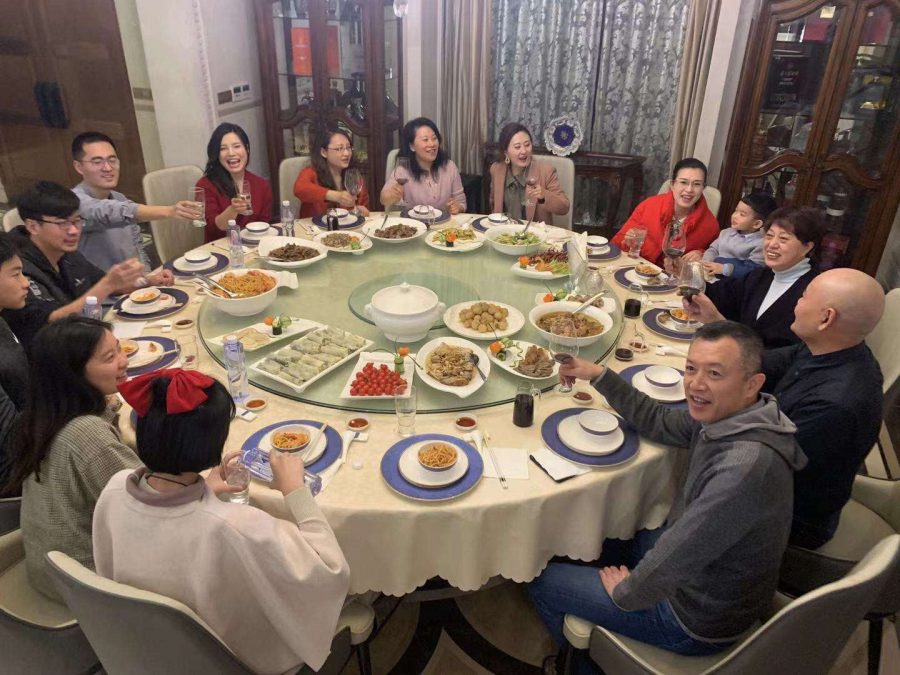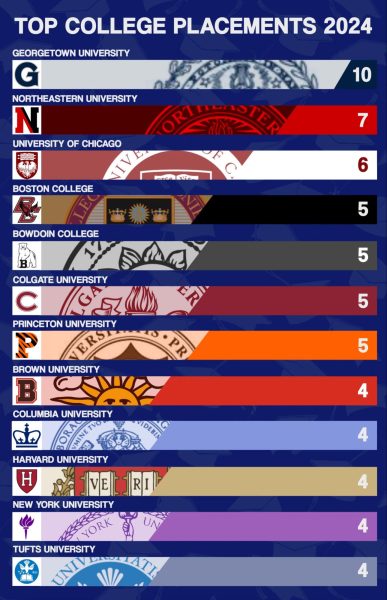Students Participate in Lunar New Year Celebrations
Alex Cheng ’23 made shrimp and chive dumplings with his family in Connecticut for their Lunar New Year dinner. On the other side of the world in Shanghai, China, Alejandro Zheng ’24 played cards with family and watched ChunWan, a special TV program that airs on Lunar New Year’s Eve each year.
The Lunar New Year is one of the biggest holidays of the year for many students and their families. Travel for the holiday creates the largest annual human migration on the planet, as residents flock to their hometowns to be with family. Many participate in vibrant, colorful celebrations that spread cheer and hope for the new year.
According to an ancient Chinese legend, a monster named Nian would intimidate people at the start of each year. One year, a wise man advised the people to wear red and make loud noises. The following year, firecrackers and drums were used to chase Nian away. This practice thus continues each year.
In Chinese culture, food is the cornerstone of a successful New Year celebration. Dumplings, which are shaped like silver ingots, symbolize wealth – the more you eat, the more money you can make in the new year. Sticky rice cakes symbolize a higher income because, when spoken in Chinese, the two words are phonetically similar. Likewise, sweet rice balls symbolize family unity. Eric Han ’23 said that his family made Peking duck, dumplings, and steamed buns. Lin’s favorite Lunar New Year foods are steamed cakes and sticky rice cakes. Zheng’s family celebrated the New Year over multiple meals. He said, “We ate a mixture of traditional Chinese food as well as Western dishes over several dinners, with family members for the first dinner and different family friends [on subsequent nights].”
Lunar New Year is celebrated in many other countries, too. In Thailand, families eat traditional dishes such as steamed duck and glutinous rice cakes and participate in festivals similar to the Chinese celebrations. Olya Sukonrat ‘21, who is from Bangkok, said, “We all wear red on Lunar New Year day. The adults usually spend the day decorating the house with red couplets and my cousins usually get hong baos (red envelopes).” Red envelopes are pouches of money given by friends or relatives in many Asian countries as a symbol of good luck.
These celebrations are valued times of family bonding. Cheng said, “[Our] lives are always hectic, and the holiday provides us the opportunity to sit down and appreciate each other.”
Lin adds, “Lunar New Year is all about being with family. It’s enjoyable to catch up with family after every year. [We] view it as a fresh start for the new year and an opportunity to leave any baggage behind.”














